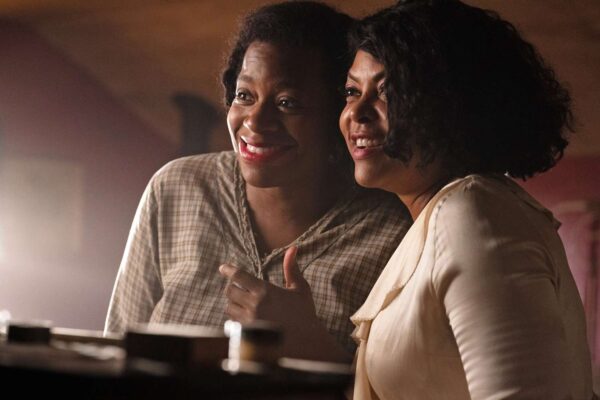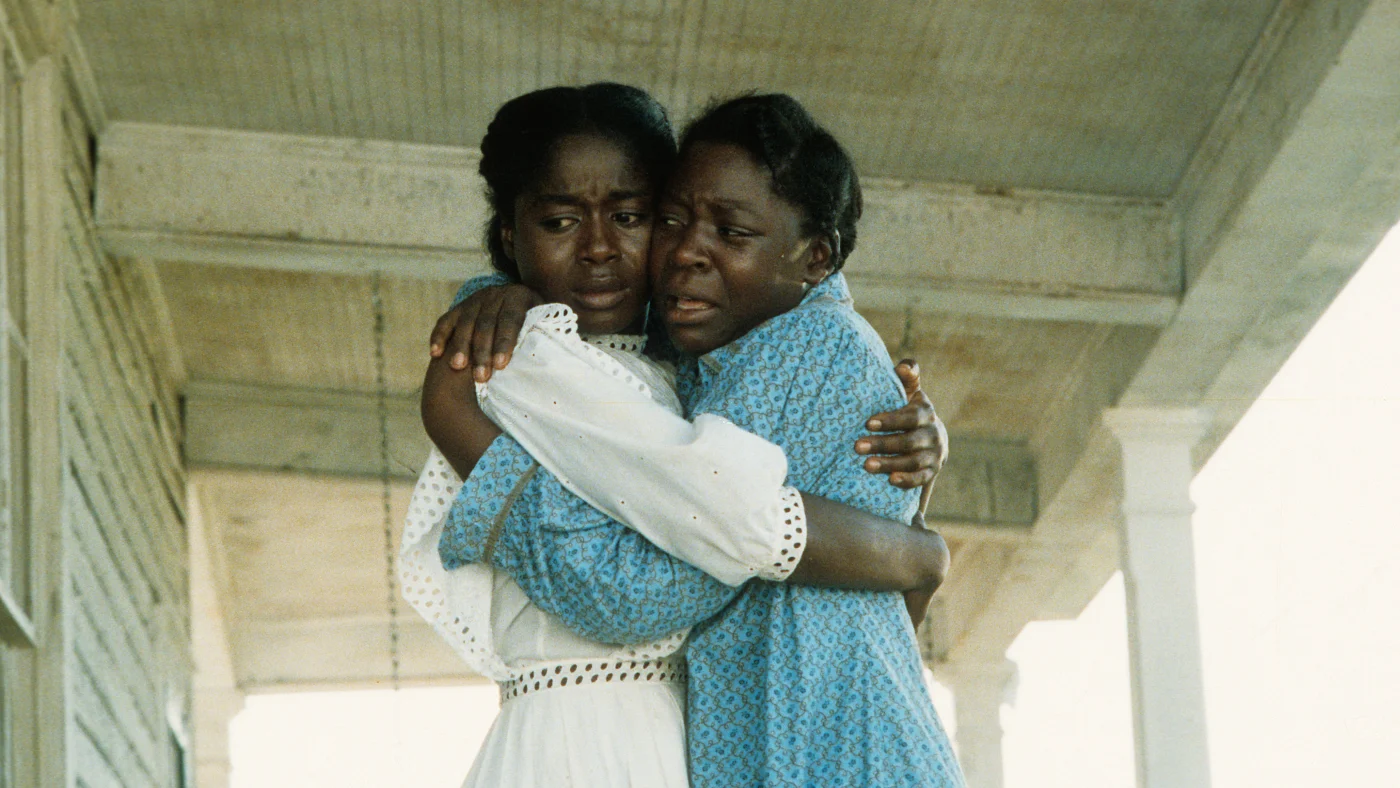
Movie musicals are always a dicey proposition. Though studios have been cranking them out since Chicago took home the top honors at the Oscars in 2003, most have been forgettable. The Color Purple is the latest cinematic songfest to hit the big screen. At $100 million and with box office numbers surpassing industry expectations, it looks like a commercial success. But is it good? Kind of. The familiarity of the viewer with all the previous incarnations of this story will factor into how much they enjoy this latest interpretation. Memory may fill in plot holes and unfinished characterizations in the minds of some. But those who don’t know what they’re missing in this version may like it the most.
 Alice Walker’s 1982 novel is anchored by the tribulations of an African American woman named Celie trying to find her identity in the face of relentless abuse from the men in her life, as well as racism and gender discrimination in Georgia in the early 20th century. It’s also a seminal novel in the LGBT+ literary canon. A critical part of Celie’s journey to self-awareness is her awakening to sexual gratification with a female partner. A film version followed starring Whoopi Goldberg as Celie, and Margaret Avery as Shug Avery, the sexually fluid cabaret singer who introduces Celie to sexual satisfaction. Directed by Steven Spielberg in 1985, the film was a success with both critics and audiences but the lesbian angle was significantly downplayed. Queer coding in cinema was still the norm in 1985, and visible lesbian stories were rare – Desert Hearts being one exception released the same year. Spielberg was still the darling of blockbuster family films like E.T., so it wasn’t surprising that the lesbian angle was downplayed. Still, it was there if you knew what to look for.
Alice Walker’s 1982 novel is anchored by the tribulations of an African American woman named Celie trying to find her identity in the face of relentless abuse from the men in her life, as well as racism and gender discrimination in Georgia in the early 20th century. It’s also a seminal novel in the LGBT+ literary canon. A critical part of Celie’s journey to self-awareness is her awakening to sexual gratification with a female partner. A film version followed starring Whoopi Goldberg as Celie, and Margaret Avery as Shug Avery, the sexually fluid cabaret singer who introduces Celie to sexual satisfaction. Directed by Steven Spielberg in 1985, the film was a success with both critics and audiences but the lesbian angle was significantly downplayed. Queer coding in cinema was still the norm in 1985, and visible lesbian stories were rare – Desert Hearts being one exception released the same year. Spielberg was still the darling of blockbuster family films like E.T., so it wasn’t surprising that the lesbian angle was downplayed. Still, it was there if you knew what to look for.
The first musical version debuted on Broadway in 2005 with music and lyrics by Brenda Russell, Allee Willis, and Stephen Bray, with a book by Marsha Norman (‘Night Mother). The role of Celie was originally performed by LaChanze, who took home a Tony Award for Featured Actress in a Musical. Later, Fantasia Barrino, still hot from her success on American Idol in 2004, enjoyed critical and commercial success when she stepped into the role. Barrino reprises her role in the film. The show was traditional in the sense that it was a large production involving many sets and costumes and lots of applause-baiting tableaux. Uncomfortable topics were swept up and out of the way by the soaring score and powerful live vocals of its cast. Again, the lesbian storyline was suppressed seeby the need to produce a sustainable production that minimized audience discomfort.
 The second musical version to appear on Broadway debuted in 2015. In this production, the set pieces were eliminated and the costumes were muted to refocus the story on Celie, this time played by out-lesbian actress and singer Cynthia Erivo (Oscar-nominated for Harriet, and Elphaba in the upcoming Wicked films). Shug was played by Jennifer Hudson (Dreamgirls, Respect). Although their romance was better accentuated than the first production, it was still subtle enough to fly over the heads of any audience member not open to receiving it.
The second musical version to appear on Broadway debuted in 2015. In this production, the set pieces were eliminated and the costumes were muted to refocus the story on Celie, this time played by out-lesbian actress and singer Cynthia Erivo (Oscar-nominated for Harriet, and Elphaba in the upcoming Wicked films). Shug was played by Jennifer Hudson (Dreamgirls, Respect). Although their romance was better accentuated than the first production, it was still subtle enough to fly over the heads of any audience member not open to receiving it.
Now at last this new film version arrives in 2023, produced by both Spielberg and Oprah Winfrey, directed by Blitz Bazawle, and a new book by Marcus Gardley, both African American. Surely, here was the opportunity to correct the record, so to speak. But again, the lesbian story is all but cut from the story. It’s less apparent here than in any previous incarnation. A single fantasy sequence where Celie and Shrug dance together depletes any hint of sexual energy on the screen. Are audiences still unprepared for the sight of two African American women in love? As a result, the movie has no real heart and zero heat.
Director Bazawle, ostensibly hired for his work on Beyonce’s Lemonade long-form video, is hopelessly out of his depth. The tone of the film slides all over the place without ever deciding what kind of movie it wants to be. The musical numbers rarely feel organic. The mix of domestic abuse scenes and Hello Dolly-style dance sequences are jarring. Time shifts are clunky leaving sections of the movie feeling unresolved, and Celie’s big 11 o’clock number I’m Here, which thrust the audience to its feet in live performance, goes nowhere in the film, and with it any awards the movie might have hoped to earn.
Guest Contributor: James Judd is a freelance writer, a performer, a frequent contributor to NPR, and a Creativity Coach. He lives on Cape Cod.

